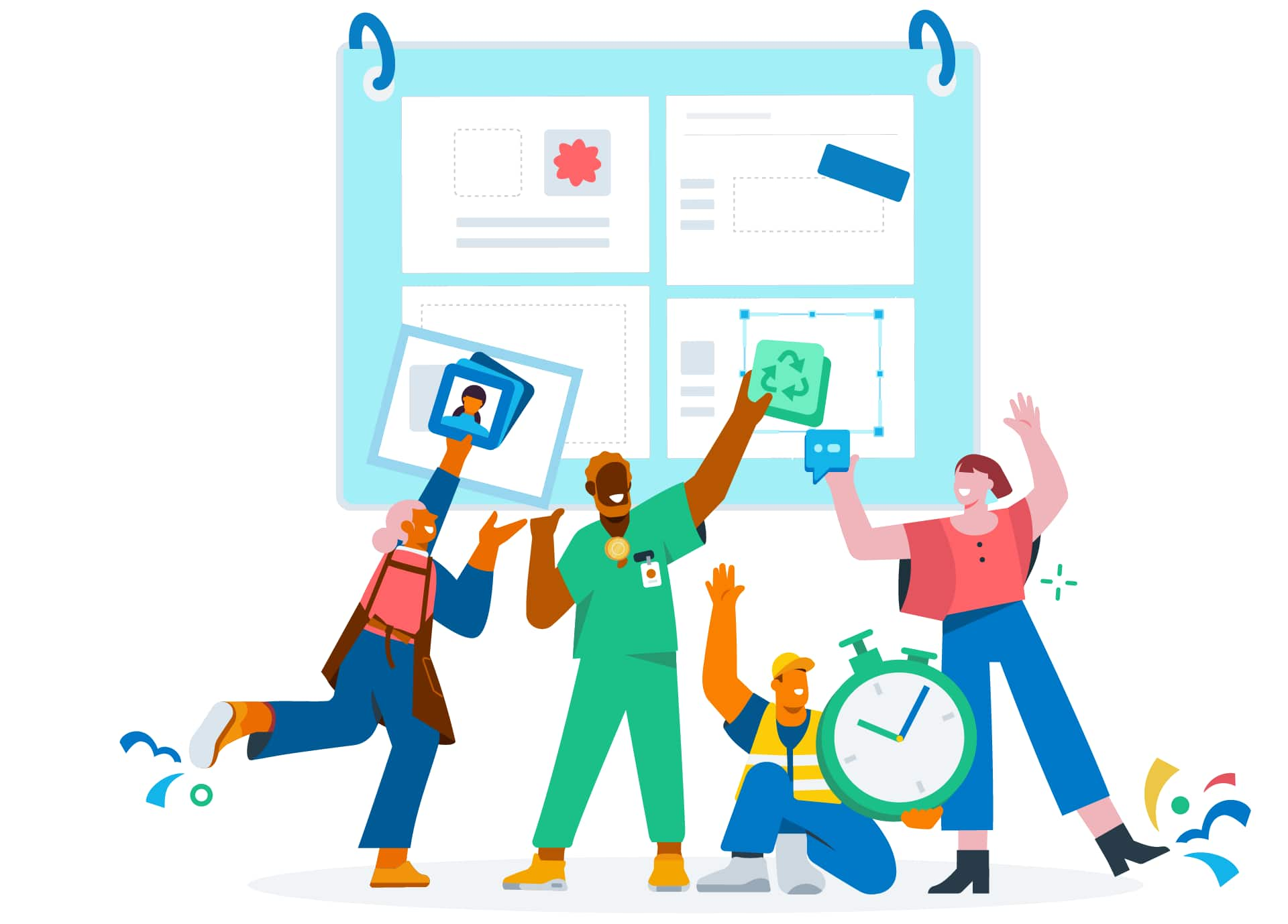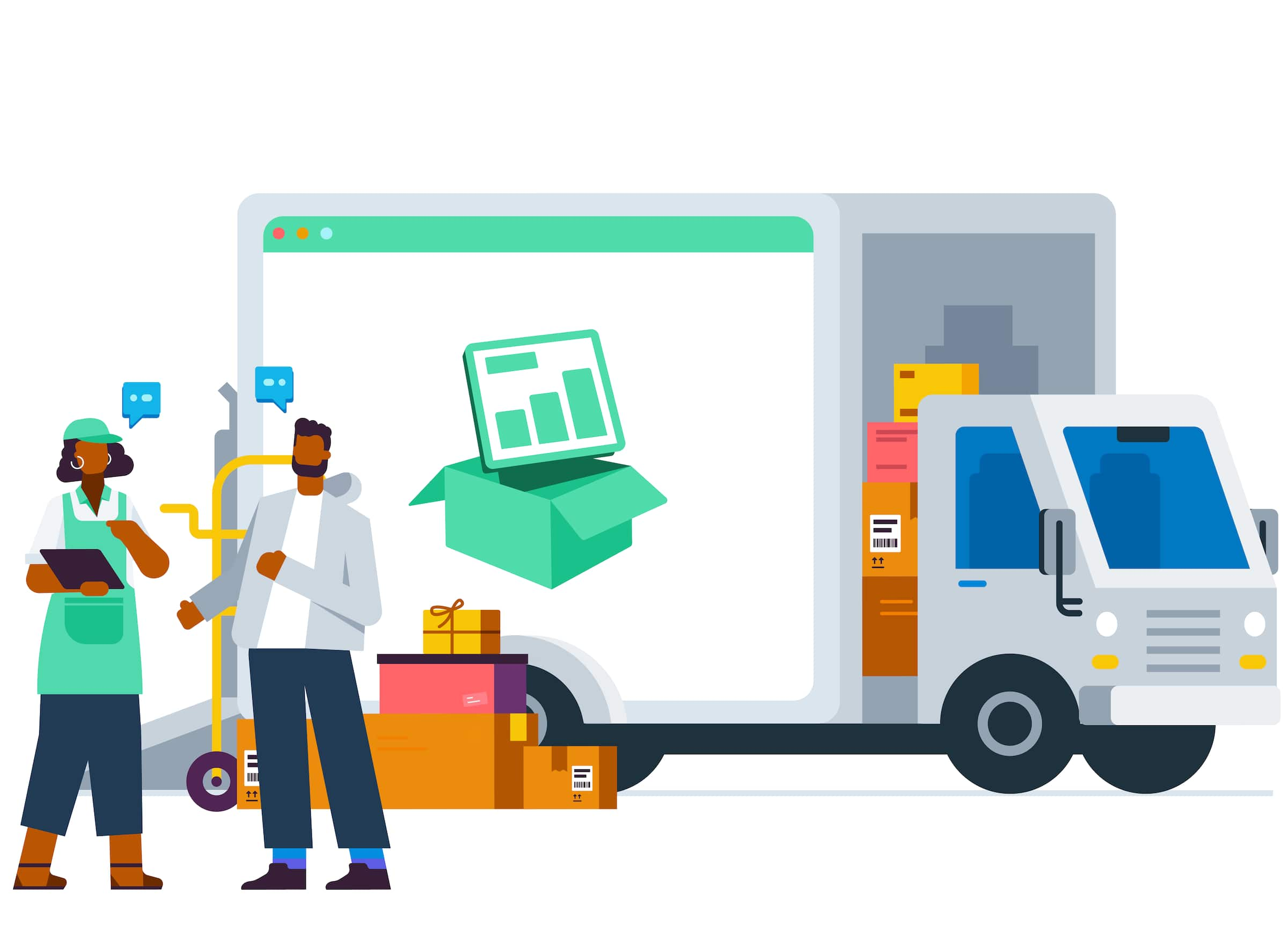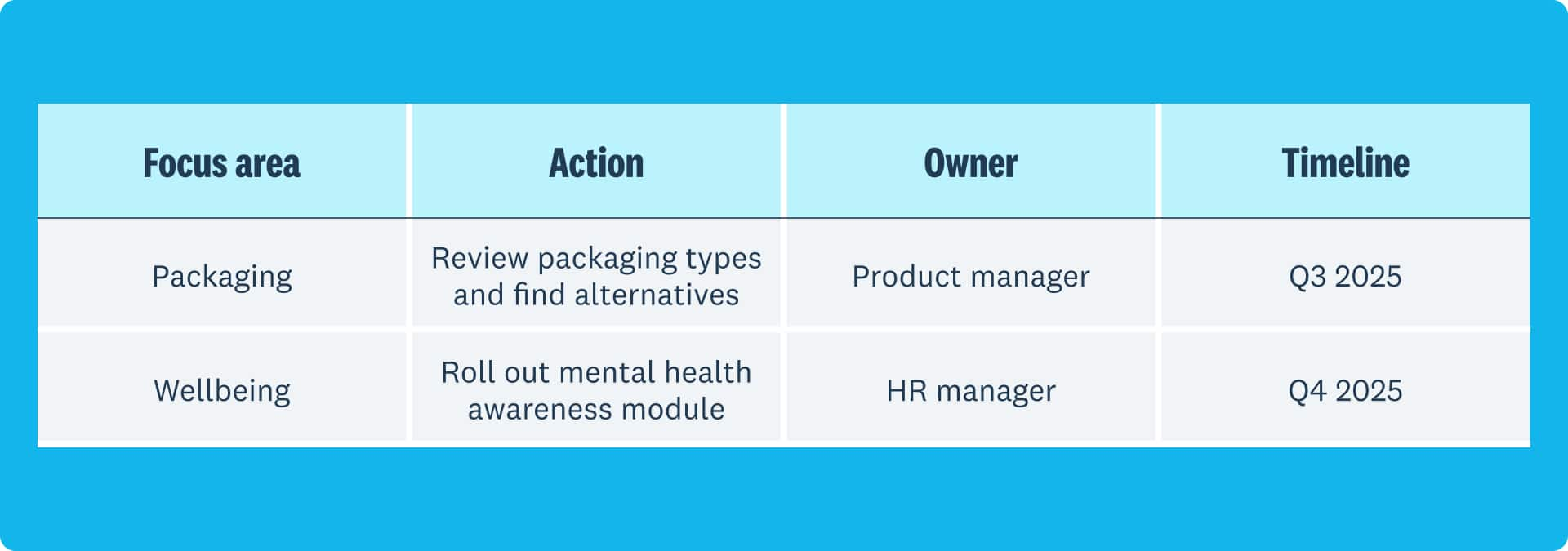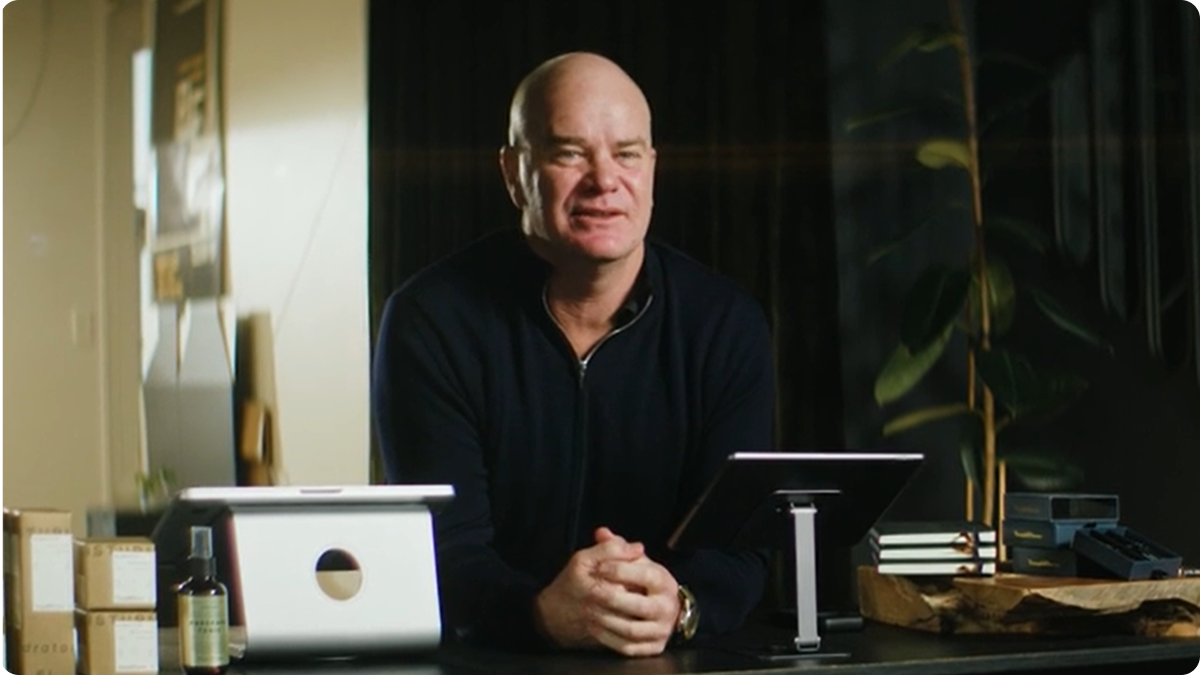Stage 4: Create change
Set your sustainability efforts up for success by creating the right conditions in your business.

What you’ll learn in this section
Six steps to set your business up for success
How to engage your people and suppliers
Where to get financial support
Step 1: Show your commitment
Setting out and documenting a clear goal gives initiatives a guiding light, helps keep different parts of the business aligned, and shows stakeholders you’re serious. Start by writing a short sustainability commitment or policy statement. Keep it simple and relevant to your business.
Include a clear statement of intent
For example, “We’re committed to reducing our environmental impact and supporting our team and community.”
Identify two or three focus areas (as per stage 2)
For example, energy use, product design, and employee wellbeing, with a high-level goal for each.
State specific business practices
For example, “Purchase only 100% recycled content paper”, or “Avoid travel; plan online meetings where possible”.

Step 2: Set up a sustainability committee
A common question is “Whose job is sustainability?” The answer is it’s a team effort! Sustainability requires coordination between multiple parts of the business, such as facilities, finance, human resources, product, procurement, and marketing.
- Bring the right people together into a working group
- Choose a lead who can coordinate efforts and has enough seniority to drive action
- The lead takes overall responsibility for sustainability
- Consider having a dedicated sustainability resource for faster progress

“But what if I’m a sole trader?”
No problem! You can just skip steps 2 and 3 and focus on your commitment, suppliers, roadmap and budgeting.
Step 3: Engage your people in the change
Now that you have a goal and internal champions, it’s time to get the rest of the team on board. Whether they’re directly involved or not, it’s important that everyone in your business is aware of the commitment. This way they can ensure their own actions are in alignment. Make sure to share:
- What the business is committing to
- Why it matters for the planet, people, and the business
- How it connects to their work
- What’s changing (if anything right now)
- How they can get involved, share ideas or provide feedback

TIP: Keep people updated
Don’t let the conversation stop there; make sure to keep your people updated as your sustainability plans progress.
Step 4: Start a conversation with your suppliers
Products and suppliers typically play a big role in sustainability. Setting strict requirements for the products you sell or the ones you use, or switching to a supplier with perfect practices often isn’t an option. The best place to start is by asking questions and growing together.

Ask about attributes of the products
For example, how and where they’re made, with what materials, ingredients and chemicals, and recyclability.
Ask about certifications and ratings
For example, certifications of the product or supplier, or factory audits they’re willing to share.
Ask about the supplier’s own practices
For example, energy efficiency, pollution prevention, labour practices, and supply chain.
What do I say?
Let them know that sustainability is important to your business and you want to understand the current picture. From there, you can identify gaps or risks, learn what changes or better options might cost or involve, work together on solutions, and/or join up with other buyers to influence change. You might be surprised how much some of your suppliers are already doing or want to do, or alternative products they already offer.
Step 5: Plan your roadmap
Now that you know where you want to go, it’s time to plan how you’ll get there. You don’t need to know every detail. Just, what are we doing, who’s doing it, and when? Consider including the points below in your action plan.
- Some quick wins against your two or three focus areas to build momentum
- Bigger, long-term initiatives that will get you closer to your goals
- Initial research and analysis that will be required to design those initiatives
- Who’s responsible for each
- A simple timeline (think quarters or years, not exact dates)

Example of a roadmap
Your roadmap helps you navigate steadily toward your goals. It also gives you something to review each quarter to track progress and correct course. Here’s an example.

TIP: Get ideas for your roadmap
Check the results of your mini materiality quiz and the ESG how-to guides for action ideas.
See the quiz and guidesStep 6. Finance your sustainability efforts
Funding sustainability projects doesn’t have to break the bank. Many upgrades, like solar panels or efficient equipment, offer quick payback and long-term savings. For extra cash, look for government grants or rebates in your area, or talk to your bank about green loans.
Need help planning your finances?
Check out Xero’s guide for tips on budgeting, loans and managing your cash flow.
Explore Xero’s guide to financing your businessNot quite sure what business finances are all about?
Xero has some great resources for small businesses to build their financial literacy.
Check out Xero’s Know Your Numbers programmeWant support to go further? Try the Xero Supercharge Your Business Fund
The Supercharge Your Business Fund supports initiatives with a positive environmental sustainability or community impact.
Apply to the Supercharge Your Business Fund
See it in practice
Learn how skincare brand Triumph & Disaster has embedded sustainability considerations across its business and products by setting out commitments to guide its efforts, empower its staff and keep doing better over time.
Watch their story